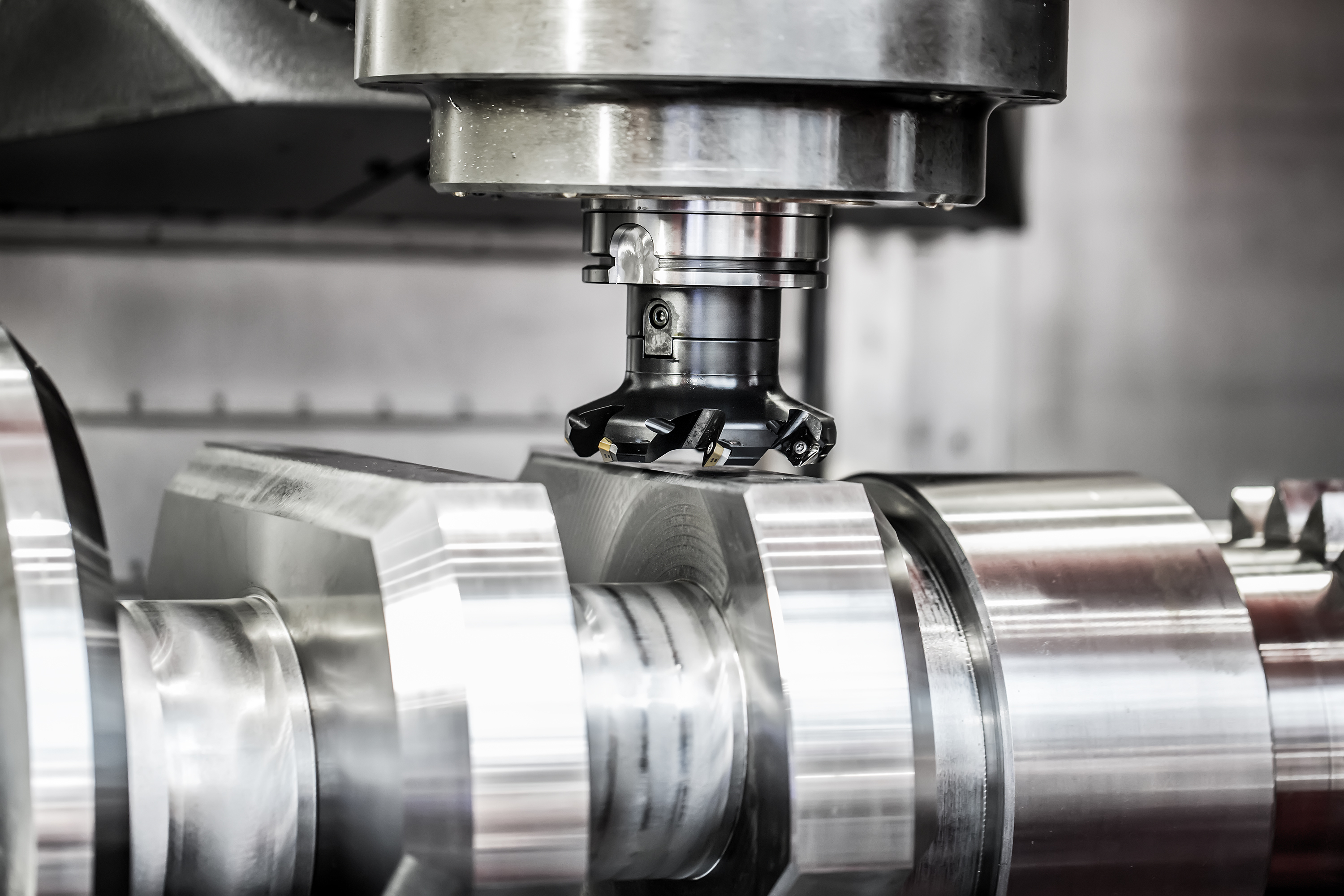When you need a machining job completed for your company, you can’t settle for a second rate. The only acceptable solution is the precision tolerances achieved with 5 axis machining in Santa Clara County. The team at Silicon Valley Manufacturing has a great deal of experience in this field, and we’re going to tell you why you should look for a company that offers this type of CNC machining when you have work to do.
Five-axis machining equipment can mill and turn parts to the highest specifications and create rapid prototypes as well as full production runs with no decrease in quality or accuracy. These machines can easily handle the most challenging designs and produce the flawless pieces you require.
There is minimal setup required with a 5 axis machine, and it can work on multiple faces without the delay that comes from numerous configurations required by other equipment. In addition to decreased preparation time, these tools can also transform those multiple surfaces into complex designs and shapes with arcs and angles that were previously only capable of multiple adjustments and special fixtures. This type of CNC machining allows for quicker material removal and improved surface finishes with rotational accuracy.
Should you have questions about the 5 axis machining process, Silicon Valley Manufacturing will be happy to answer them.


